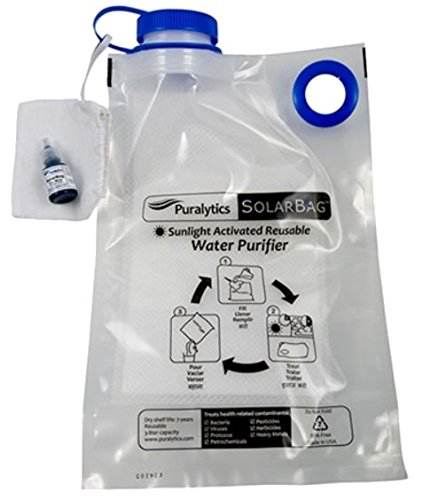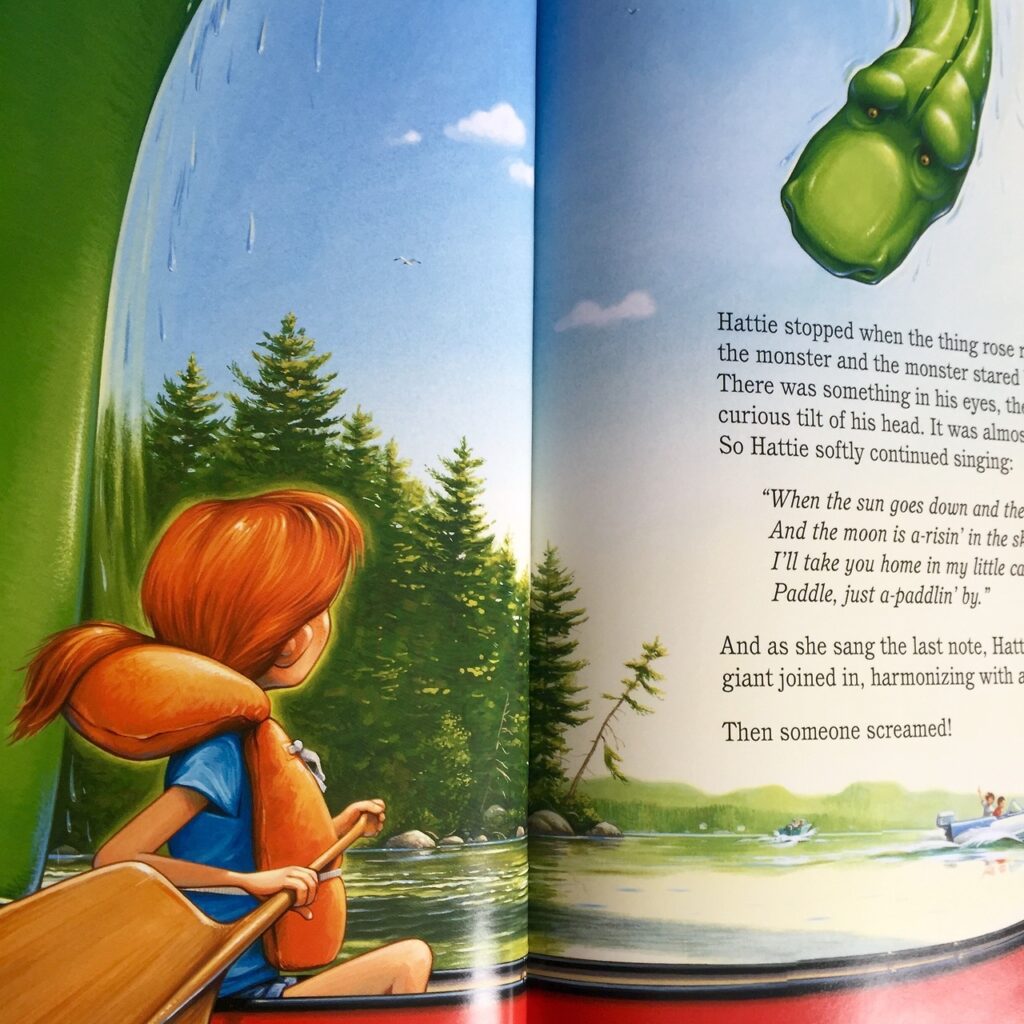Puralytics Solar Water Purifier

Reusable portable water purifier
Ever since the 2003 Northeast/NYC blackout and 9/11 (where my office was located) I have been a preparedness freak. I have been searching for the best water purifier for my go-bag. I have tried the SteriPen, various water filters like the Lifestraw and even have a reverse osmosis system. Each of these have their advantages and disadvantages.
I have recently tried the 3-liter SolarBag and believe this to be an essential part of any go-bag. The Solarbag uses solar disinfection technique amplified by using a catalyst in the “nanotechnology mesh.” Basically, the materials (titanium dioxide) in this mesh disinfects the water and will oxidize inorganics (e.g. cyanides, hydrazines), organics (e.g. fertilizers, pharmaceuticals, organophosphates, pesticides) and some metals (e.g. iron, arsenics, selenium).
The Puralytics Process has 5 distinct processes: Photocatalytic Oxidation (an Advanced Oxidation Process); Photocatalytic Reduction; Photoadsorption; Photolysis; and UV Disinfection. It has the broadest and most extensive purification profile of any portable device (the only one to reach the highest qualifications for the EPA and WHO).
I used the Solarbag in a recent trip to Panama, and it did a good job in purifying water to a safe drinkable level. Any doubters out there can watch a YouTube video of a guy purifying his urine, which is pretty impressive.
Directions are pretty self‐explanatory. You add unclean water to your Solarbag through the included pre‐filter, and add one drop of included blue food dye. The dye is a timer and when the blue dye disappears (2‐4 hours depending on the intensity of the sun), your water is safe to drink. The Solarbag should last several hundred times or until your blue dye no longer disappears.
As far as I know this is the only product that actually does this — shows you that your water is safe to drink!
Pros:
- Extremely lightweight and portable
- Uses passive (solar) purification
- Can make a large amount of potable water fairly effortlessly
- No moving parts
- Rugged design
- Inexpensive
- Complete efficiency (i.e. if you put in 1 gallon, you get out 1 gallon of potable water)
- Can be used hundreds of times (they have groups in Africa who have eclipsed the 1,000 use mark with multiple bags!)
- Many governments and organizations approve and use SolarBags
Cons:
- If the water is brackish, and sunlight cannot penetrate the water, this system may not work effectively
- Will not desalinate wate.
- Requires sunlight. If trying to use at night, you are out of luck.
- On cloudy days, expect it to take twice as long.
My reverse osmosis system desalinates water, but requires a lot of manual labor pumping 40 or 50 times to get a cup of drinkable water. Mind you, my reverse osmosis system costs significantly more and also has a lot of working parts that can get clogged and requires fixing and has less than 20% efficiency.
07/18/16Puralytics SolarBag Water Purifier, 3-Litre ($49)























